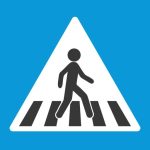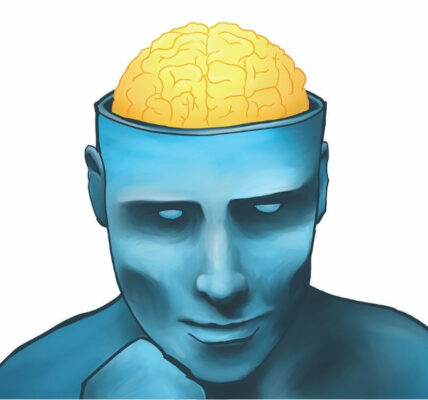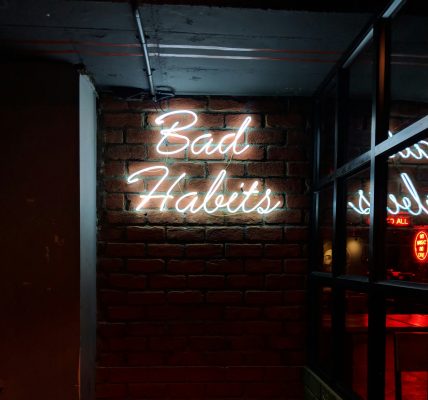Music and Addiction

There is a fascinating theory that associates substance use disorders and music. Substance use disorders (SUDs) include any substance that can become addictive. That’s a large number of substances, such as food, alcohol, opioids, and amphetamines, that take people in many different directions.
What these substances have in common, supposedly, is the ability to hijack the body’s reward mechanisms and degrade them through repetitive battering until a person with an SUD no longer gets pleasure from ordinary life and really doesn’t derive much pleasure from their substance(s) of abuse. They no longer consume that substance for pleasure; they consume it to relieve the pain of its absence.
The reward mechanism is a complicated dance that involves both the brain and the gut to a large degree. There is an appetite, which is satisfied, resulting in dopamine release, until one comes to crave whatever generates that release. Cravings are triggered by cues, which are everywhere and are associated with memory. The channels that reward signals, cravings and memories ride are the same channels used by music.
You can probably guess where this is leading: a systematic review of the scientific literature on music and craving. A team of researchers led by Michael J. Silverman, Director of the Music Therapy Program at the University of Minnesota, found 33 articles that fit the criteria for review. They concluded the review with this vague assessment:
[V]arious types of music can induce alcohol, cannabis, nicotine, and general substance craving.
If you’re thinking, play a little Pink Floyd through the smart speaker and people start to crave a high, that isn’t what these studies examined. They were more like, play noise through a loudspeaker and see how long it takes for someone to reach for a drink:
In the majority of studies, the researchers selected the music to induce negative mood states so as to elicit craving.
We haven’t learned much about how music induces craving, because there has been no serious effort to compare the music being played with the musical tastes of the test subjects to see if the music played was something they liked, disliked, or could even evaluate or remember. The “systematic review” shrinks to a handful of studies using music, not noise, to induce substance abuse:
In five studies only, music was used as the sole method of inducing cravings. However, a variety of music was used in these studies and the authors often did not provide adequate detail about the music.
One outlier study “found a decrease in substance cravings when using a ‘clean’ song that had been identified by the participant and was selected by the participant for use in their study.” We’ll get back to that “clean song” concept in a moment, but the fact that music can reduce cravings is the other side of the coin of music riding the same reward highways used by SUDs.
Music Therapy for Addiction Treatment
The use of music in addiction treatment has a long history. In a paper entitled, “The social potential of music for addiction recovery,” Finnish ethnomusicologist, Klisala Harrison, Ph.D., at the University of Helsinki writes that “musicking,” or “making music happen” is:
[…] a musical approach to recovering usually from drug and alcohol addictions that is widespread throughout Indigenous Canada and the USA.
Among indigenous persons throughout North America, music has been part of addiction prevention and recovery for centuries. The road to recovery, writes Dr. Harrison, “incorporate[s] singing, drumming, and (musical) ceremony as the most central components alongside prayers and other expressions of spirituality.”
Dr. Harrison’s research is mostly into the impact of playing music rather than passive listening to music. The performance with others strengthens “psychosocial integration and social cohesion,” and leads to the resilience to resist cravings. Dr. Harrison documents a long history of the “social cohesion” approach to addiction recovery that we might refer to as the community reinforcement approach today. It is multifaceted and involves:
- a talking circle of some sort
- a council of elders of some sort
- peer pressure from others in recovery
It is hard to separate the element of music-making out from these other factors, and that’s part of the point. Music-making treats the whole person in a variety of ways that are difficult to measure precisely, especially when performed in a group setting. Music-making involves sight, hearing, reflexes, muscles, memory, and non-verbal communication, all of them contributing to recovery, Dr. Harrison says. Music-making engages the brain, the body, the gut, and the reward system.
Earlier I mentioned the outlier study that found music (not noise) could reduce cravings in people recovering from SUDs. Professors Short and Dingle at University of Queensland in Australia conducted a study of music on 19 adults in recovery for SUDs and 19 adults matched in age and gender, not in recovery.
They first tried to gauge emotional response to a variety of musical styles, including happy music, sad music, and relaxing music. What they found was not a surprise: People in recovery had a muted response to happy music. An unresponsive reward system is a common result of addictive behavior.
Then researchers tested responses to a song chosen by the subject. For those in recovery, the personally chosen songs resulted in an increase in cravings. It is possible that the feeling of remembering an emotionally powerful song can lead to a euphoria similar to the dopamine surge of substance abuse.
Finally, researchers tested a “clean song,” which they chose specifically for each person trying to find something that would induce abstinence. Indeed, for those in recovery, the “abstinent song” reduced cravings. And that brings us all the way up to February 2023, when a group of researchers from Anglia Ruskin University in the U.K. published research in Brain Science on how music might affect cravings.
The researchers found that “the recall of emotionally filled moments may underlie the experience of craving.” Part of the reason is that emotional music is nostalgic in its association with memory, often looking back on a time when substance abuse was associated with fun and not sickness. Therapists can help their patients understand that ambient music has the potential to trigger cravings, to recognize when that is happening, and to ride the wave of feelings, knowing it will pass.
Written by Steve O’Keefe. First published April 2, 2025.
Sources:
“A systematic review of music-induced substance craving,” Musicae Scientiae, August 13, 2021.
“Music as an auditory cue for emotions and cravings in adults with substance use disorders,” Sempre, April 2, 2015.
“The social potential of music for addiction recovery,” Sempre, May 31, 2019.
“Neuroplastic Changes in Addiction Memory — How Music Therapy and Music-Based Intervention May Reduce Craving: A Narrative Review,” Brain Science, February 2023.
Image Copyright: lightfieldstudios.




